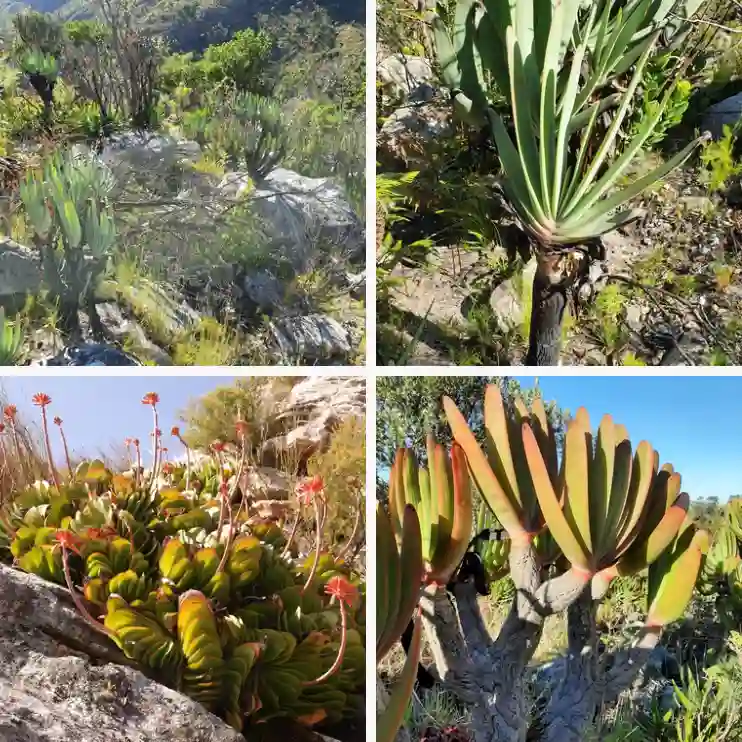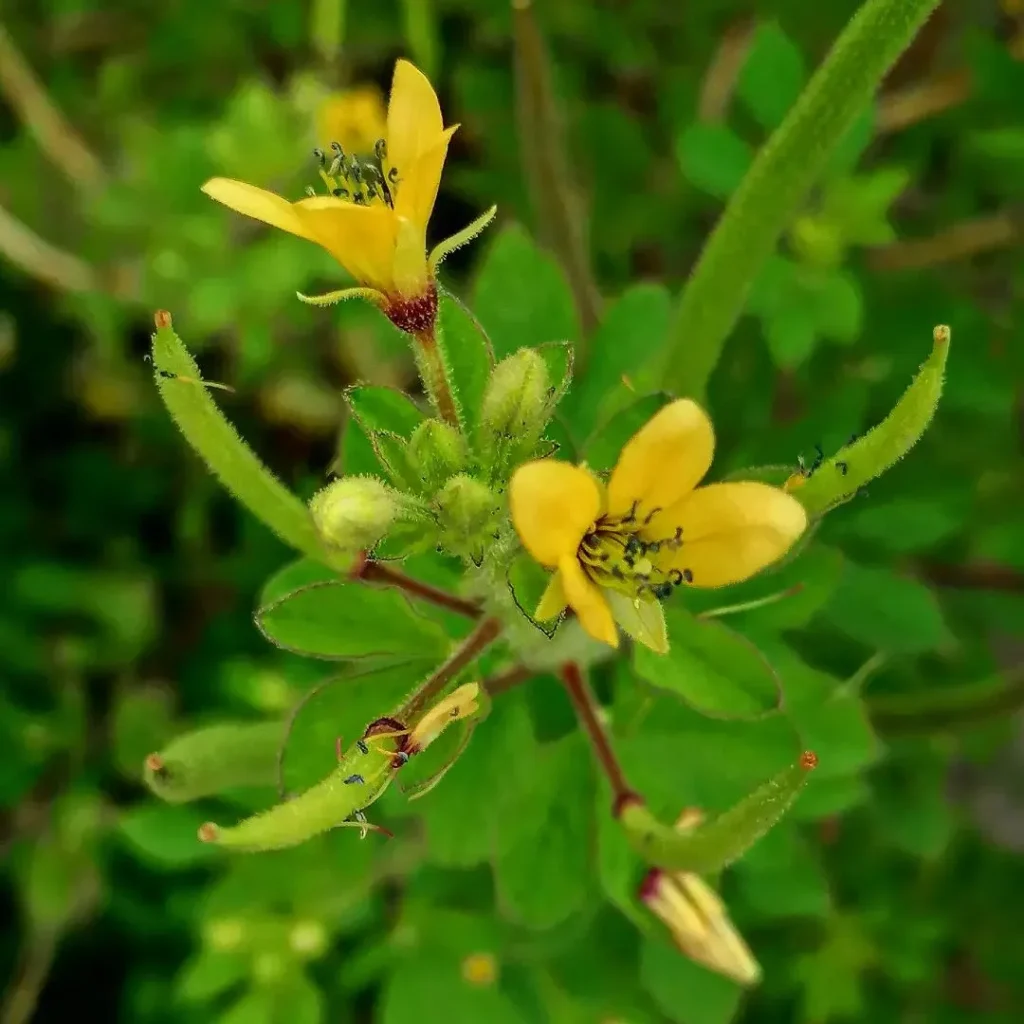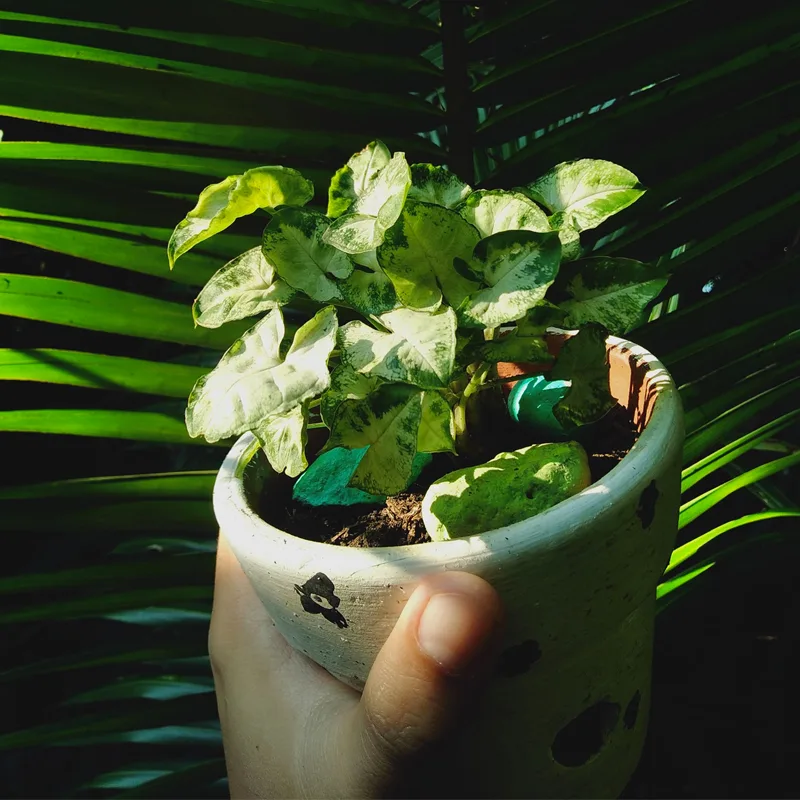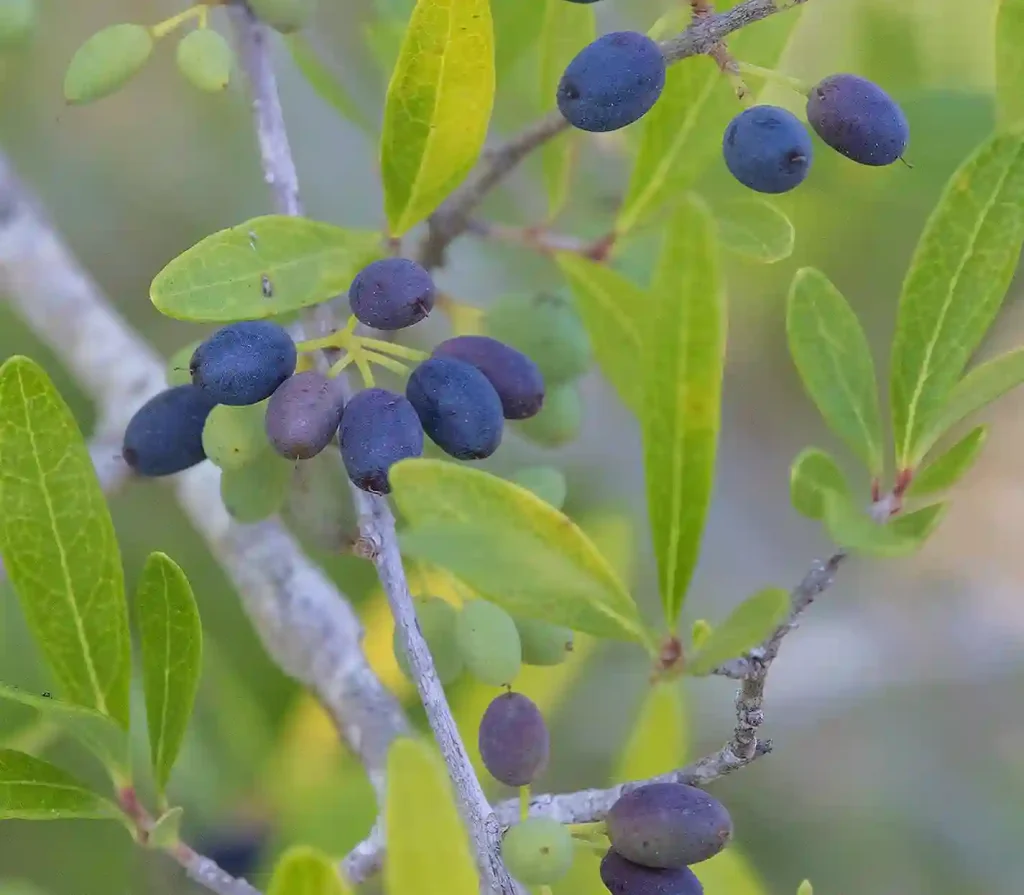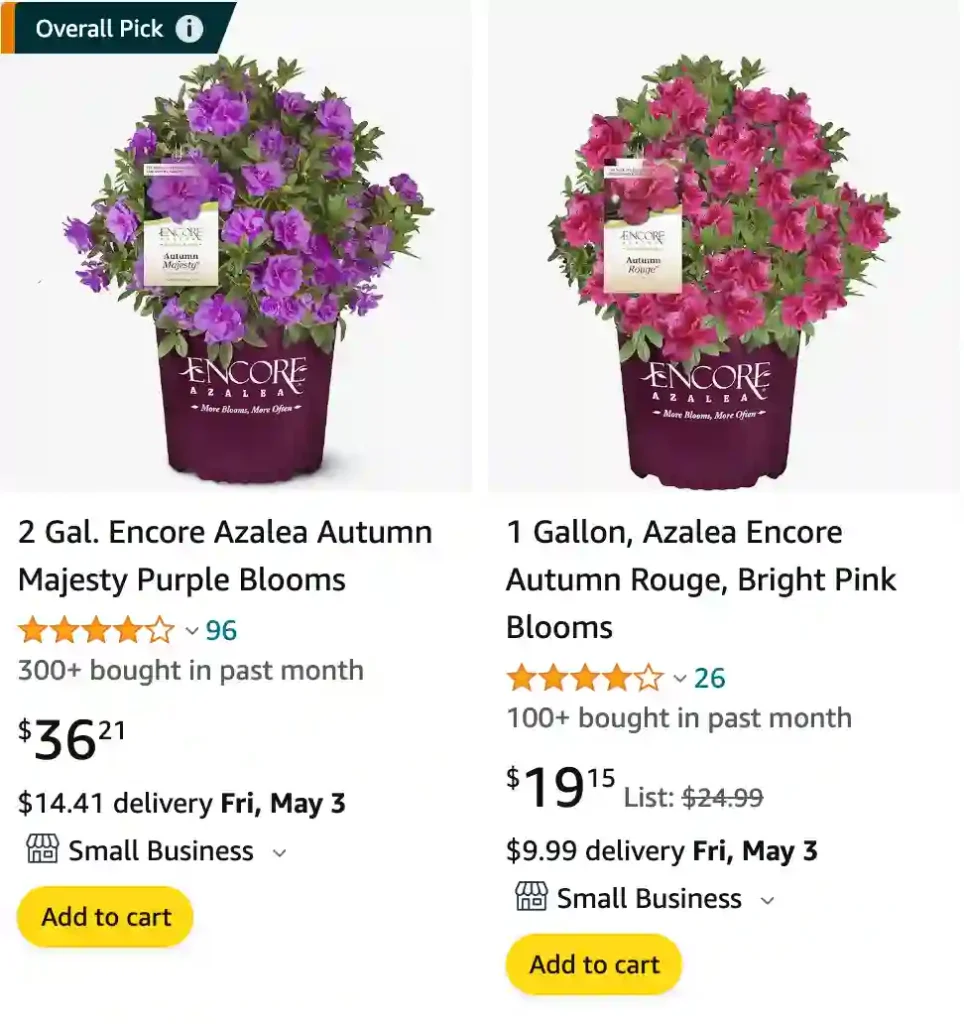
Azalea: A Journey Through Beauty and Care
Azalea, a synonym of Kalmia, certain species of Rhododendron of the heath family (Ericaceae), formerly placed in the genus Azalea. Azaleas have always held a special place in my gardening journey. Their vivid blooms, lush foliage, and delicate charm evoke memories of serenity and beauty. I’ve spent countless hours nurturing these plants, observing their cycles, and appreciating their transformations. Here, I’ll share my experiences with azaleas—their allure, care requirements, and how they’ve enriched my garden.
1164 Species in Genus Rhododendron
A Symphony of Colors
The first time I encountered an azalea, I was captivated by its vibrant blooms. Azaleas come in a spectrum of colors, from soft pinks and whites to fiery reds and purples. Each variety has its unique charm. My favorite is the Rhododendron indicum, known for its robust growth and radiant red flowers that seem to ignite the garden during spring.
Azaleas create a focal point in any garden. Whether planted in rows along a pathway or as standalone specimens, their blossoms draw attention. I’ve often paired azaleas with evergreen shrubs like boxwoods to create contrast, highlighting their seasonal burst of color.
Species list
- Kalmia angustifolia L.
- Kalmia buxifolia (P.J.Bergius) Gift & Kron
- Kalmia cuneata Michx.
- Kalmia ericoides Griseb.
- Kalmia hirsuta Walter
- Kalmia latifolia L.
- Kalmia microphylla (Hook.) A.Heller
- Kalmia polifolia Wangenh.
- Kalmia procumbens (L.) Gift, Kron & P.F.Stevens ex Galasso, Banfi & F.Conti
Finding the Perfect Spot
Azaleas thrive when given the right conditions. In my experience, they prefer partial shade. A spot with morning sun and afternoon shade works wonders. I’ve planted mine under the dappled canopy of a dogwood tree, where they receive just enough light without the harsh afternoon heat.
Soil is another critical factor. Azaleas love well-drained, acidic soil. I learned this the hard way when one of my first azaleas struggled in compact, alkaline soil. After testing the pH and amending the soil with pine needles and sulfur, it bounced back, rewarding me with an explosion of blooms.
Watering and Feeding
Azaleas are relatively low-maintenance, but they do have specific needs. They thrive with consistent watering, especially during their blooming period. I use mulch—pine bark is my go-to—to retain soil moisture and regulate temperature. It also adds organic matter, keeping the soil in prime condition.
Fertilizing azaleas is all about balance. I prefer slow-release fertilizers formulated for acid-loving plants. Applying it in early spring, just as the buds start swelling, ensures they have the nutrients to produce those stunning flowers. Over-fertilizing can lead to excessive foliage growth at the expense of blooms, so I always err on the side of caution.
Pruning for Perfection
Pruning is one of my favorite activities in the garden, and azaleas respond well to it. After the blooms fade, I trim back spent flowers and lightly shape the plants. This keeps them compact and encourages dense growth. Removing dead or diseased branches is equally important for the plant’s health.
I’ve experimented with different pruning styles. For my dwarf azaleas, like the Kurume hybrids, I use precision pruning to maintain their neat, compact form. With larger varieties, I allow a bit more freedom, letting their natural shape shine through.
Common Challenges
Azaleas, like any plant, have their share of challenges. Pests such as lace bugs and spider mites can be an issue. I use neem oil as a natural deterrent, applying it as needed. Root rot, caused by poor drainage, is another problem I’ve encountered. Ensuring proper soil conditions has been my best defense.
Another challenge is frost damage. In my region, unexpected late frosts can harm tender buds. Covering the plants with frost cloth during cold spells has saved many blooms. It’s a small effort that yields big rewards when the garden bursts to life in spring.
Azaleas in My Garden
Azaleas have become more than just plants in my garden—they’re companions. Each one has a story. I remember planting my first azalea on a crisp autumn morning, feeling a sense of anticipation. Now, as I stroll through my garden, each bloom reminds me of the care and patience it takes to nurture beauty.
I’ve created an “azalea corner” in my yard, combining different varieties to extend the blooming season. Early-blooming types like Encore Azaleas start the show, followed by mid-season varieties, and finally, late-bloomers that carry the color into summer. The result is a continuous symphony of blooms that keeps my garden alive with color and fragrance.
FAQs
Azalea vs Rhododendron
I’ve found azaleas to be more compact and suited for smaller spaces compared to rhododendrons, which tend to grow larger and have bigger leaves.
Azalea vs Hydrangea
Hydrangeas impress with their larger blooms and ability to change color based on soil pH, whereas azaleas offer a more delicate and vibrant display in early spring.
Azalea vs Gardenia
Gardenias, with their intoxicating fragrance, are a joy indoors, but I prefer azaleas outdoors for their cheerful bursts of color during spring.
Azalea vs Bougainvillea
Azaleas provide consistent foliage and flowers in spring, while bougainvillea offers stunning, cascading color throughout the warmer months, though with a bit more maintenance.
Azalea vs Hibiscus
Hibiscus blooms are showier and tropical, thriving in warmer climates, contrasting with the elegant simplicity and cooler climate tolerance of azaleas.
Azalea vs Camellia
Camellias have glossy, leathery leaves and bloom later in the season, offering a refined beauty, whereas azaleas are more vibrant and bloom earlier.
Azalea vs Cherry Blossom
Camellias have glossy, leathery leaves and bloom later in the season, offering a refined beauty, whereas azaleas are more vibrant and bloom earlier.
Azalea vs Lily
Lilies have a striking vertical presence and come in various types, while azaleas spread beautifully across the ground with a riot of colors in the spring.
Azalea vs Mountain Laurel
Mountain laurel’s unique, star-shaped flowers stand out in spring, contrasting with azaleas’ more extensive range of colors and reliable blooming.
Azalea vs Weigela
Weigela‘s trumpet-shaped flowers attract hummingbirds, complementing azaleas’ early spring show with their vibrant hues and long-lasting blooms.
When to fertilize azalea?
I’ve found early spring after flowering and again in late spring helps maintain vibrant blooms.
When to prune an azalea?
Pruning right after blooming ensures new growth has time to set buds for next year.
What color is azalea?
Azaleas come in a spectrum from white and pink to red, purple, and even orange.
When to transplant an azalea?
Fall is ideal, allowing roots to establish before winter.
How to trim azalea?
I prune mine after flowering to shape and control size.
Are azalea deer resistant?
Generally, yes, but they can nibble on young shoots.
Does azalea grow in shade?
They thrive in partial shade to full sun, depending on the variety.
What does azalea symbolize?
Azaleas symbolize femininity and fragile passion.
Can i put my indoor azalea outside?
Yes, gradually acclimate it to avoid shock.
How long does it take for azalea cuttings to root?
About 2-3 months under proper care.
How to revive a dying azalea?
Ensure it’s well-watered, pruned, and fertilized properly.
Is azalea evergreen?
Most varieties are, offering year-round foliage.
How much azalea is poisonous to dogs?
All parts are toxic, so keep pets away.
What to do if dog eats azalea?
Seek vet help immediately; it can be fatal.
Why are my azalea leaves turning yellow?
Could be overwatering or nutrient deficiency.
How deep are azalea roots? Are azalea roots invasive?
They’re shallow and spread wide, not invasive.
Why is my azalea not blooming?
Insufficient sunlight or pruning at the wrong time might affect it.
Do azalea trees drop saplings?
Yes, they can propagate through seeds.
How much sun does azalea need?
Morning sun and afternoon shade suit them best.
Closing Thoughts
Azaleas are a testament to the joy of gardening. They teach us about patience, care, and the rewards of hard work. Each bloom feels like a personal triumph, a reminder of the bond between gardener and plant.
Whether you’re a seasoned gardener or a beginner, azaleas are a worthy addition to your landscape. They bring beauty, versatility, and a sense of accomplishment. For me, they’ve been more than just plants—they’ve been a source of inspiration and joy.
If i die, water my plants!
